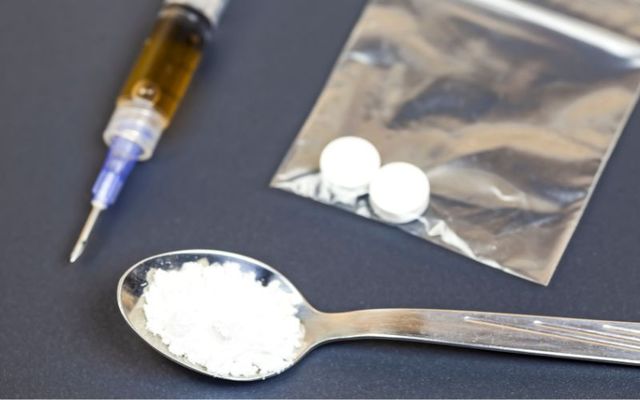Ireland's Health Service Executive (HSE) has said that a significant rise in synthetic drugs being sold on the Irish market led to an unprecedented number of overdoses last year.
"In 2023, nitazene emerged as a real drug of concern for HSE addiction serves," Professor Eamon Keenan, National Clinical Lead for Addiction Services in the HSE, told RTÉ Morning Ireland this week.
"We had 57 overdoses associated with these drugs in Dublin and we had 17 in Cork.
"We were able to conduct analysis very, very quickly, we were able to identify the presence of nitazenes and get our message out in relation to harm reduction.
"The biggest thing about these drugs is that they are synthetic opioids. They were being sold as new heroin or strong heroin.
"But when we did the analysis, we identified that there was actually no heroin in it, it was nitazene drug mixed with paracetamol and caffeine and being sold.
"In some ways, we were wondering whether dealers were testing the market by introducing this new drug, and of course we did see an unprecedented level of overdoses, particularly in Dublin region in early November."
In November, the HSE issued an "extra risk" warning after "a potent and dangerous synthetic opioid" was associated with a Dublin overdose.
Professor Keenan said that the HSE is now investigating overdose deaths in conjunction with coroners in Dublin and Cork to determine if there are any links to the synthetic drugs.
"Any drug-related deaths which may have occurred around that time period, we need toxicology and lab results to be able to determine that, but they have prioritized those."
The HSE noted the increased volume of synthetic drugs has also caused a surge in those seeking help from mental health services.
Professor Keenan noted that nitazene surged in popularity after a 95% reduction in the production of heroin in Afghanistan following a clampdown by the Taliban.
He said drug dealers have been looking at "new and novel ways" to sell drugs to people since the Taliban clampdown.
Professor Keenan said the nitazenes found on the Irish market are up to 15 times more powerful than fentanyl, which has become a significant problem in the US and is between 20 and 40 times more powerful than heroin.
"We've seen the identification of these nitazene drugs which are actually more potent ... so our concern is that maybe all the talk about fentanyl is that's distracted people," Professor Keenan told RTÉ.
The HSE says nitazenes act on the system very quickly, causing some people to collapse almost straight away.
To combat a rise in overdoses, the HSE has increased the availability of the prescription drug Naxolene, which can help reverse some of the effects of heroin and synthetic opioid overdoses.
"What you might find with Naloxone and nitazenes is that it takes maybe an extra Naloxone or maybe two Naloxones to produce a response and get the person out of the overdose."
The HSE made 6,500 units of Naxolene available in 2023, with early reports indicating that it was used more than 200 times before a spike in overdoses in November. The HSE subsequently launched an awareness campaign about the importance of Naxolene following that spike in overdoses, meaning its overall use in 2023 is likely to be much higher.




Comments